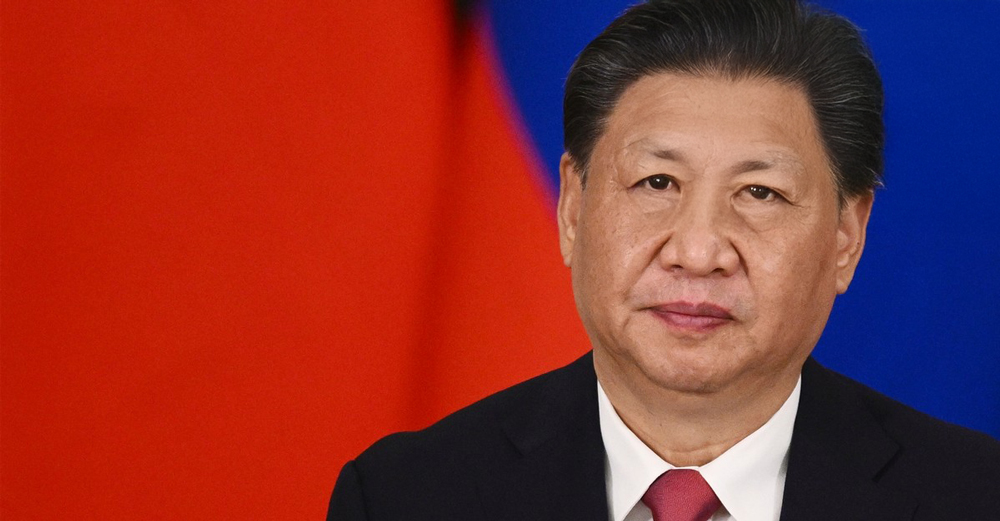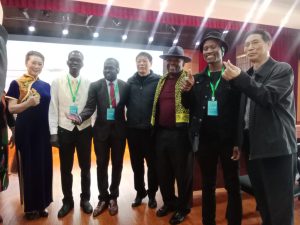Ancient Civilization and Its Age
China’s civilization is one of the oldest continuous cultures in the world, dating back over 4,000 years. The first known dynasty, the Xia Dynasty (c. 2070–1600 BCE), marks the beginning of recorded Chinese history. Over the millennia, China saw the rise and fall of various dynasties, such as the Zhou, Qin, Han, Tang, Song, Ming, and Qing. The civilization is known for its contributions to philosophy, science, technology, and governance.
China as a Modern Sovereign State
China became a modern sovereign state in 1949 after the Chinese Civil War. The conflict between the Communist Party of China (CPC), led by Mao Zedong, and the Nationalist Party (Kuomintang, KMT), led by Chiang Kai-shek, culminated in the victory of the CPC. On October 1, 1949, Mao proclaimed the founding of the People’s Republic of China (PRC), establishing Communist rule on the mainland. The Republic of China (ROC), led by the KMT, retreated to Taiwan. Since then, the PRC has been the governing entity over mainland China.
Colonial History and Foreign Imperialism
While China was never fully colonized in the same way other parts of Asia or Africa were, it did experience significant foreign imperialism during the 19th and early 20th centuries, often referred to as the “Century of Humiliation.” This period involved various foreign powers, including Britain, Japan, and others, imposing unequal treaties on China, leading to the loss of territory, economic control, and political sovereignty.
- The British: During the Opium Wars (1839-1842, 1856-1860), Britain defeated China and forced it to sign the Treaty of Nanking (1842) and the Treaty of Tientsin (1858). These treaties ceded Hong Kong to Britain and opened several Chinese ports to foreign trade under unfavorable conditions.
- The Japanese: Japan, after defeating China in the First Sino-Japanese War (1894-1895), gained Taiwan and the Pescadores Islands under the Treaty of Shimonoseki (1895). Japan also took control of Manchuria in the 1930s and occupied much of eastern China during the Second Sino-Japanese War (1937-1945).
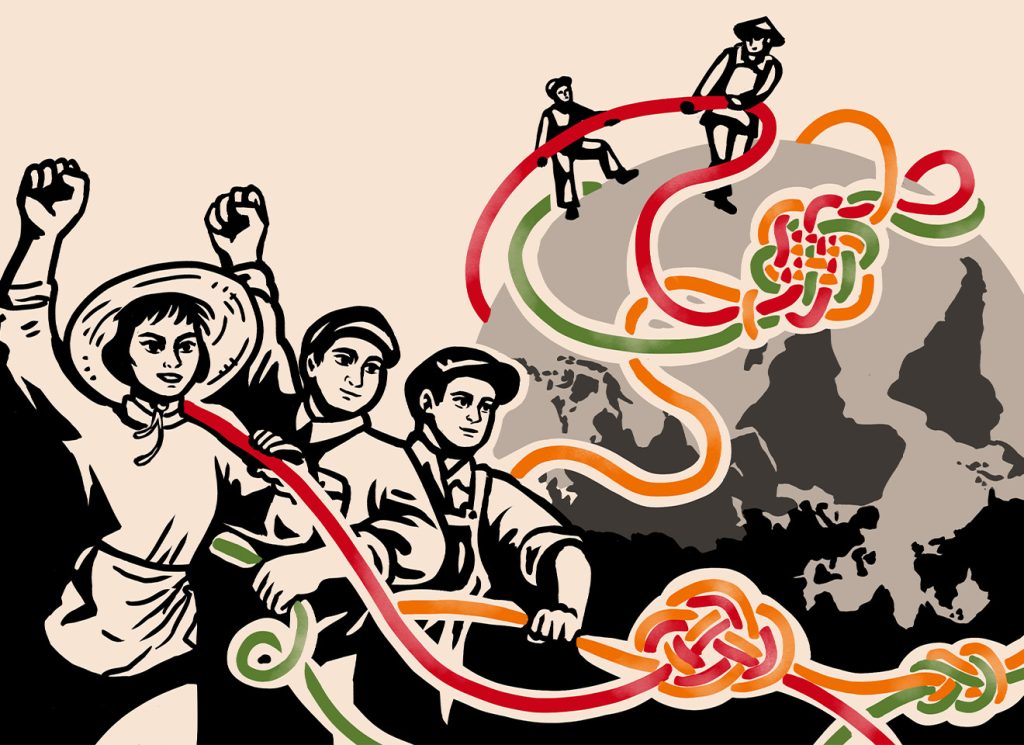
The Fate of Hong Kong
Hong Kong, ceded to Britain after the First Opium War, was under British colonial rule until 1997. The Sino-British Joint Declaration (1984) set the framework for Hong Kong’s return to Chinese sovereignty. Britain handed Hong Kong back to China in 1997, after a 99-year lease agreement expired.
Taiwan and Its Conflict with Mainland China
Taiwan (Republic of China) is a flashpoint of tension between China and America. The PRC views Taiwan as a province of China, with a goal of reunification, but Taiwan has been governed separately since the end of the Chinese Civil War in 1949. Over the years, Taiwan developed its own identity, political system, and economy. It has its own government, military, and democratic elections.
- U.S. and Taiwan: The U.S. shifted its recognition from the Republic of China (ROC) to the People’s Republic of China (PRC) in 1979, acknowledging Beijing as the legitimate government of China under the “One China Policy.” Despite this, the U.S. maintains unofficial relations with Taiwan, including military support and arms sales, as outlined in the Taiwan Relations Act (1979).
- Strategic Ambiguity: The U.S. follows a policy of “strategic ambiguity” on Taiwan,meaning it has not explicitly committed to defending Taiwan in the event of an attack by China, but it also opposes any unilateral attempt to change Taiwan’s status by force.
The One China Policy and Taiwan’s Status
The United Nations and the majority of the international community recognize the PRC as the sole legitimate government of China under the “One China” policy. Taiwan is not a member of the United Nations due to this policy, as most countries have opted to recognize Beijing instead of Taipei in diplomatic relations.
The Belt and Road Initiative (BRI) and Its Achievements
The Belt and Road Initiative (BRI) is a significant foreign policy and global economic strategy launched by China in 2013 under President Xi Jinping. The initiative aims to build infrastructure and enhance connectivity between China and countries across Asia, Europe, Africa, and beyond. Its central goal is to improve trade routes, foster economic growth, and build stronger political and strategic alliances.
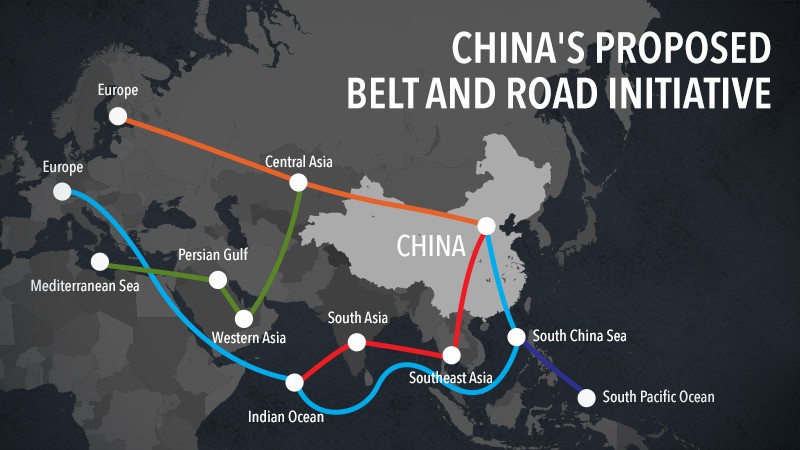
Global Achievements of the BRI:
- Infrastructure Development:
- The BRI has resulted in the construction of roads, railways, ports, and airports, particularly in developing countries. This infrastructure boom has helped boost trade and investment, alleviating bottlenecks and improving logistics networks.
- Projects like the China-Pakistan Economic Corridor (CPEC) and the East Africa Railway are prominent examples of BRI’s infrastructure impact.
- Investment in Developing Economies:
- The initiative has opened new opportunities for countries to secure financing for their infrastructure needs. For instance, in Africa, the BRI has contributed to the development of energy, transport, and communication infrastructure, with investments in countries like Kenya, Ethiopia, and Nigeria.
- Trade Growth:
- BRI has also facilitated increased trade flows, especially between China and BRI partner countries. According to Chinese state statistics, trade between China and BRI countries accounted for over 30% of China’s total trade by the end of 2021.
- Africa has benefitted from improved trade connectivity, with the expansion of ports such as the Mombasa Port in Kenya, enhancing access to global markets.
BRI’s Impact on Africa and BRICS+:
- Africa:
- Economic Growth: Through BRI, China has helped African nations accelerate infrastructure development, which is critical for unlocking economic potential.
- Soft Power and Influence: The BRI has also given China a more prominent political and diplomatic presence in Africa, as Beijing uses economic incentives to strengthen bilateral relations.
- BRICS+:
- The BRI has strengthened China’s ties with BRICS nations (Brazil, Russia, India, China, South Africa) and their neighboring countries. Through investment in infrastructure and enhanced trade, it has contributed to the integration of these emerging economies.
- The expansion of BRICS+ (a broader group of emerging markets and developing economies) reflects China’s growing global influence, where BRI serves as a core tool for promoting economic and political cooperation.
America’s Existential Tariffs, Trade Wars, and Containment of China
The United States’ Trade War and military actions in the South China Sea and Taiwan have had significant implications for China, the BRI, and BRICS+.
- Trade Wars and Tariffs:
- Impact on China: The U.S.-China trade war (2018-2020), characterized by tariffs and the imposition of trade barriers, has disrupted supply chains, and led China to search for new markets and trade partners. This has pushed China to accelerate its push toward self-reliance and diversification of markets, increasing its reliance on initiatives like the BRI to secure new economic partnerships.
- BRI and Trade Diversification: In response, China has increasingly turned to BRI partner countries to mitigate the economic effects of the trade war, expanding economic partnerships with nations in Asia, Africa, and Latin America.
- South China Sea and Military Tensions:
- Impact on BRI: The U.S. military presence in the South China Sea (SCS), which is a crucial maritime route for trade, has created tensions with China. The BRI relies on free and secure sea routes for trade, and the militarization of the South China Sea poses a risk to this. China’s efforts to assert control over the SCS are partly driven by the desire to secure these vital trade routes and ensure the smooth functioning of the BRI.
- Taiwan as a Flashpoint:
- Impact on China and BRICS+: Taiwan remains a crucial flashpoint in Sino-U.S. relations. The U.S. provides military support to Taiwan thus heightening tensions in the region. Should tensions escalate into military conflict, it could destabilize not only the Taiwan Strait but also disrupt the trade routes that are central to the BRI, especially in the Asia-Pacific.
- BRICS+ Influence: BRICS+ nations have largely supported China’s stance on Taiwan and the “One China Policy.”
The BRI is China’s stellar long term strategic thinking and the mainstay of its foreign policy in peaceful cooperation and development.
Dr Malusi Mncube
University of Johannesburg
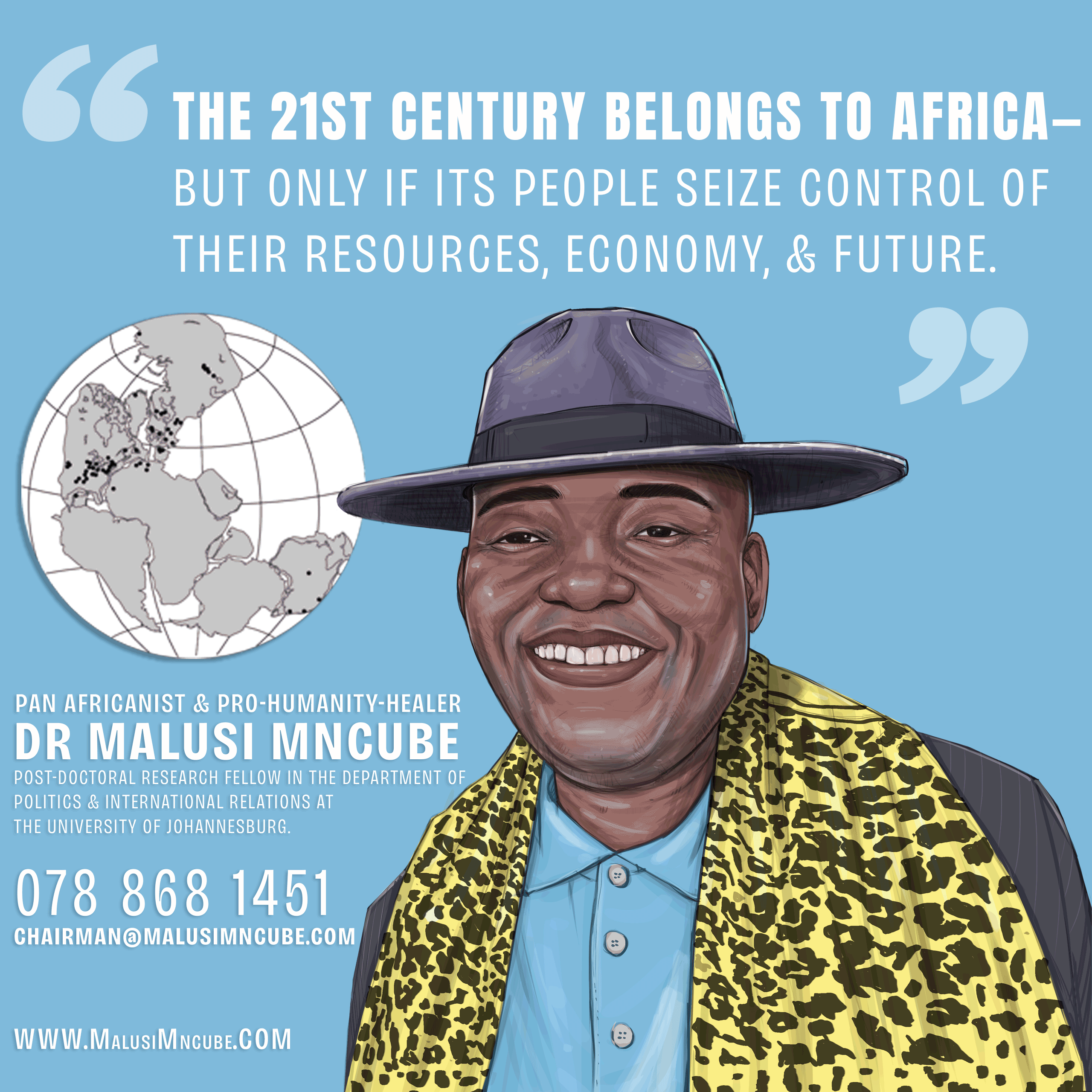
Discover more from Dr Malusi Mncube
Subscribe to get the latest posts sent to your email.

